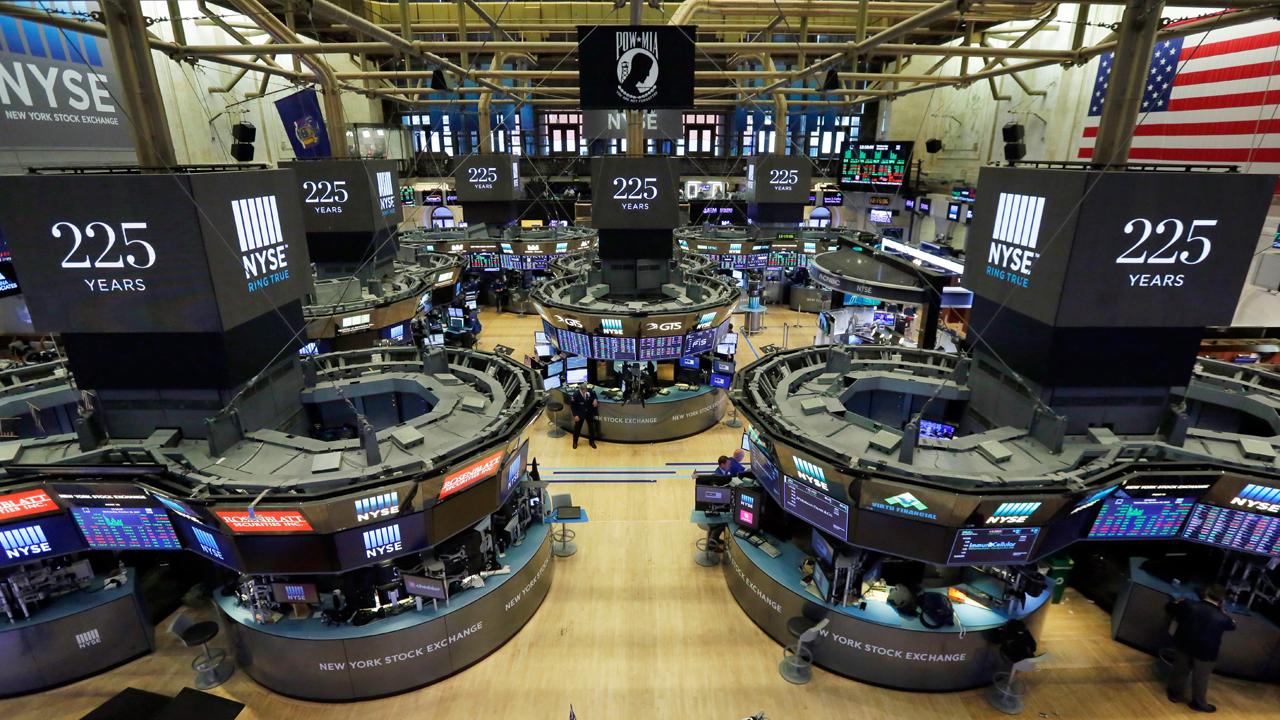The Dow is on track to do something it hasn't done since 1959
Here’s another interesting statistical tidbit to illustrate the stock market’s extraordinary 2017 performance—in particular, the lack of pullbacks and volatility seen over this calendar year.
The Dow Jones Industrial Average DJIA, +0.23% which is knocking on the door of the 25,000 milestone and earlier this week notched its 70th record close of 2017 to break a calendar-year record that’s stood since 1995, is on track to log its longest streak of monthly gains in nearly 59 years.
The Dow was up 1.9% so far in December through Wednesday’s close. If it remains positive for the month, it will mark its ninth straight monthly rise, which would be the longest since a 12-month streak that ended in February 1959, according to The Wall Street Journal’s Market Data Group. The Dow’s run has it on track for a rise of more than 25% year-to-date, which would be its strongest since a 26.5% advance in 2013.
It’s a testament not only to the robustness of the stock market in 2017, but its ability to steam ever higher with nary a significant pullback.
The U.S. stock market benchmark is the S&P 500 SPX, +0.20% And the S&P, up 1.2% in December, is also on track for its ninth straight monthly rise, which would be its longest since April 1983. And, as a popular chart making the round shows, the S&P 500 is on track to post positive monthly returns, including dividends, for all 12 months of 2017.
While the S&P has put together positive return streaks that ran a full 12 months, it’s never done it across a calendar year, as analysts LPL Research note.
And it isn’t just about the U.S. The MSCI All-Country World Index is up every month this year. For that matter, it hasn’t had a down month since October 2016.
So will the streak continue in 2018? While plenty of analysts and investors see plenty of room for the bull market to continue, expectations for some sort of return of volatility are on the rise.
Oliver Jones, an economist at Capital Economics, argued in a Thursday note that three factors that have boosted stocks and other risky assets in 2017—a pickup in global economic growth that boosted earnings expectations and likely helped boost valuations; fading fears over protectionism; and accommodative monetary policy around the world—won’t have the same effect in 2018.
He writes:
“Our forecast is for global growth to remain fairly healthy next year. Nonetheless, we do not anticipate that expectations for earnings will surge again. While political developments are even harder to predict, the boosts from the prospects of U.S. tax cuts and the fading of protectionism fears were probably one-offs. Finally, monetary policy might also become a little less supportive. Admittedly, we think that it will remain loose in most of the developed world. But we do project that both the Fed and BoE will raise rates four and three times, respectively, and that the balance in emerging markets will shift from loosening to tightening policy. “
